Imagine a creature so immense and powerful that its wings could blot out the sun and its voice could shake the earth beneath your feet. For countless generations across North America, whispers of such a being have soared through the skies of legend—the Thunderbird. This awe-inspiring spirit is far more than just a myth; it is a force woven into the fabric of nature, culture, and imagination. From roaring thunderstorms to the glimmer of distant lightning, the Thunderbird’s shadow has danced across both the sky and the stories of those who call this land home.
Origins Rooted in Ancient Traditions
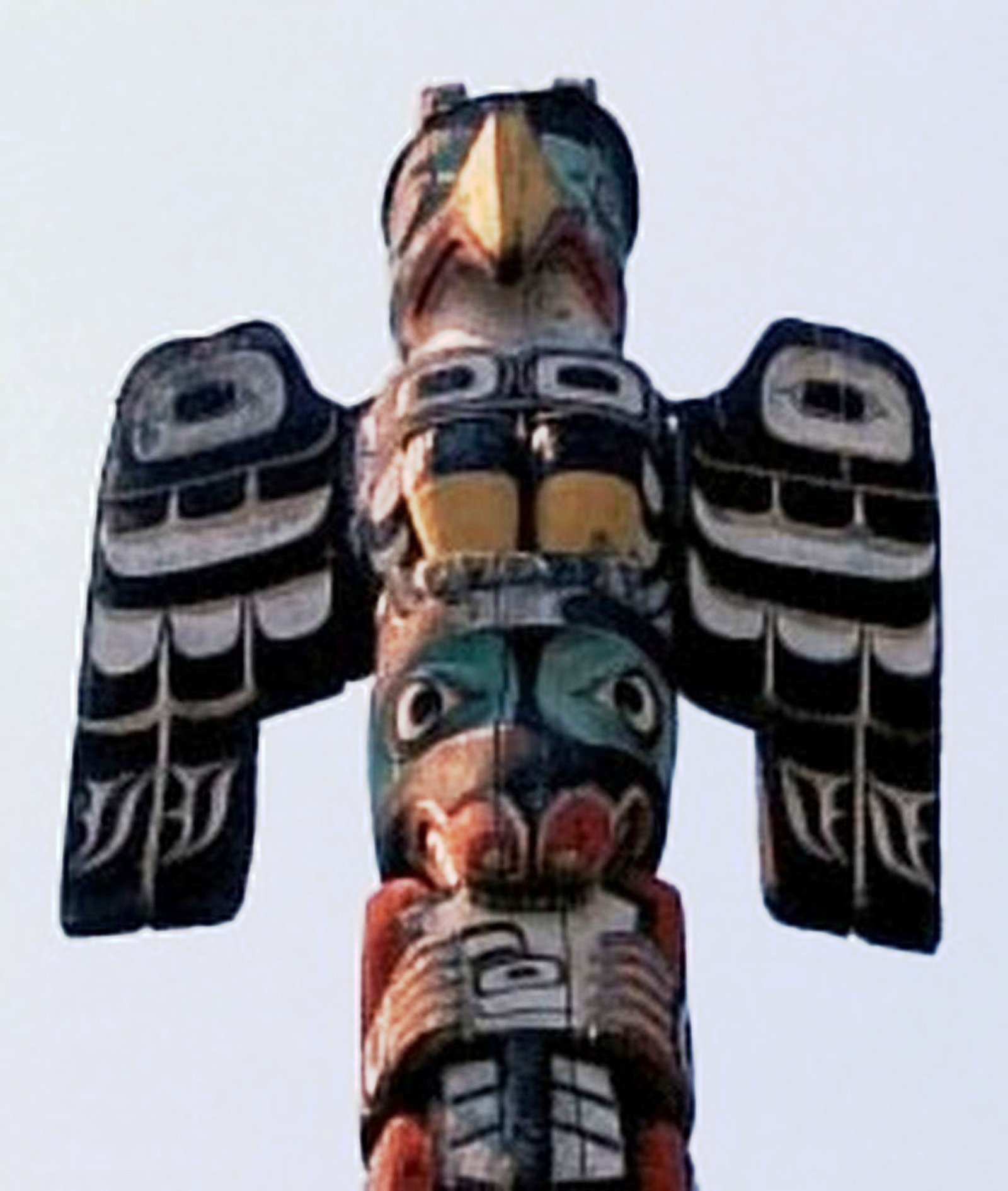
The legend of the Thunderbird stretches back further than written history, deeply rooted in the oral traditions of Indigenous peoples across North America. Tribes like the Ojibwe, Lakota, and Kwakwaka’wakw each have their own versions of the Thunderbird, reflecting their unique relationships with the land and sky. These stories weren’t just for entertainment; they carried vital lessons and cultural values, helping communities make sense of the world’s unexplained forces. The Thunderbird’s presence in these tales demonstrates the enduring power of storytelling to connect generations and explain the mysteries swirling above.
A Creature of Raw Power and Majesty
The Thunderbird is often described as a colossal bird, its wings spanning mountains, feathers shimmering with electric hues, and eyes glowing like embers before a storm. When it soars, thunder echoes from its wings, and lightning flashes from its eyes or beak. These vivid descriptions are meant to evoke awe, fear, and respect. The Thunderbird stands as a metaphor for nature’s overwhelming force, reminding people of their smallness beneath the vast, unpredictable sky.
Thunderstorms: The Thunderbird’s Signature
Many legends say the Thunderbird causes thunder by flapping its enormous wings and lightning by blinking or shooting sparks from its eyes. Before meteorology, this interpretation helped explain frightening and mysterious storms. When a storm rolled in, people might say the Thunderbird was passing overhead—its anger or excitement shaping the weather. These tales transformed terrifying natural events into meaningful, even sacred, phenomena, infusing the ordinary with a sense of the extraordinary.
Protector and Punisher: The Thunderbird’s Dual Nature
The Thunderbird is not just a bringer of storms; it is also a guardian spirit, capable of fierce protection or punishing wrath. Some stories describe it as a defender of the people, driving away evil spirits or punishing those who break sacred laws. In other versions, the Thunderbird is a force of retribution, unleashing storms on those who disrespect the land or each other. This duality reflects the unpredictable nature of the weather and the moral lessons embedded in traditional storytelling.
Symbolism in Art and Ceremony

Across North America, images of the Thunderbird appear in totem poles, beadwork, pottery, and ceremonial regalia. Its striking silhouette—often with outstretched wings and sharp beak—serves as a powerful symbol of strength, transformation, and spiritual connection. Carvings and paintings of the Thunderbird not only decorate objects but also serve as reminders of the spirit’s presence and power in daily life. These artistic expressions keep the legend alive, passing its meaning from one generation to the next.
Regional Variations and Shared Themes

While the basic concept of the Thunderbird is shared by many cultures, each region has its own twists. In the Pacific Northwest, the Thunderbird is often linked with whales and sea creatures, reflecting local ecosystems. On the Great Plains, it is more closely associated with rain and the fertility of the land. Despite these differences, common threads run through all Thunderbird legends: respect for nature, fear of the unknown, and hope for protection in a dangerous world.
Thunderbird Versus Other Mythical Beings

The Thunderbird does not exist in isolation; it often interacts with other legendary creatures like the underwater panther, horned serpents, or trickster animals. Sometimes these relationships are adversarial, with the Thunderbird battling underworld spirits to restore balance to the earth. Other times, the Thunderbird is a companion or rival to the Trickster, teaching lessons through both cooperation and conflict. These stories reveal a complex spiritual landscape, where good and evil, order and chaos, are constantly in flux.
Scientific Theories: Fossils and Megafauna
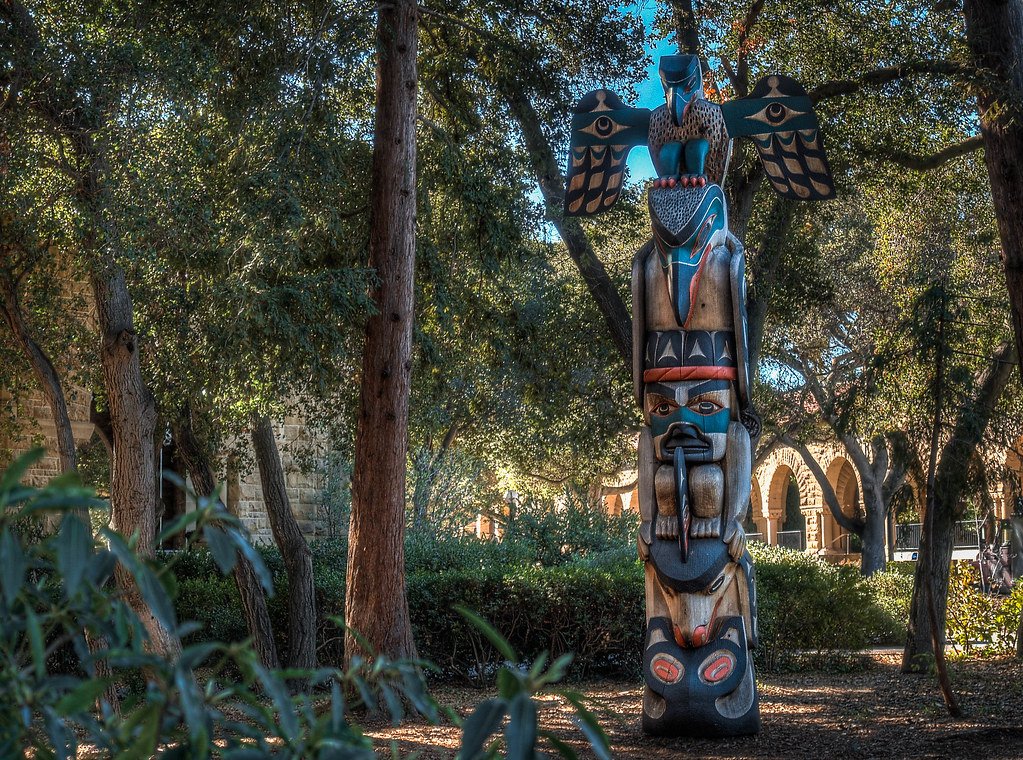
Some scientists have speculated that the Thunderbird myth may have been inspired by real animals, such as the enormous prehistoric birds that once roamed North America. Fossils of creatures like Argentavis or the North American teratorn, with wingspans much larger than any modern bird, have fueled speculation that ancient people could have encountered their remains or even living descendants. These scientific theories add a fascinating layer to the legend, blending paleontology with folklore.
Lightning, Electricity, and the Thunderbird
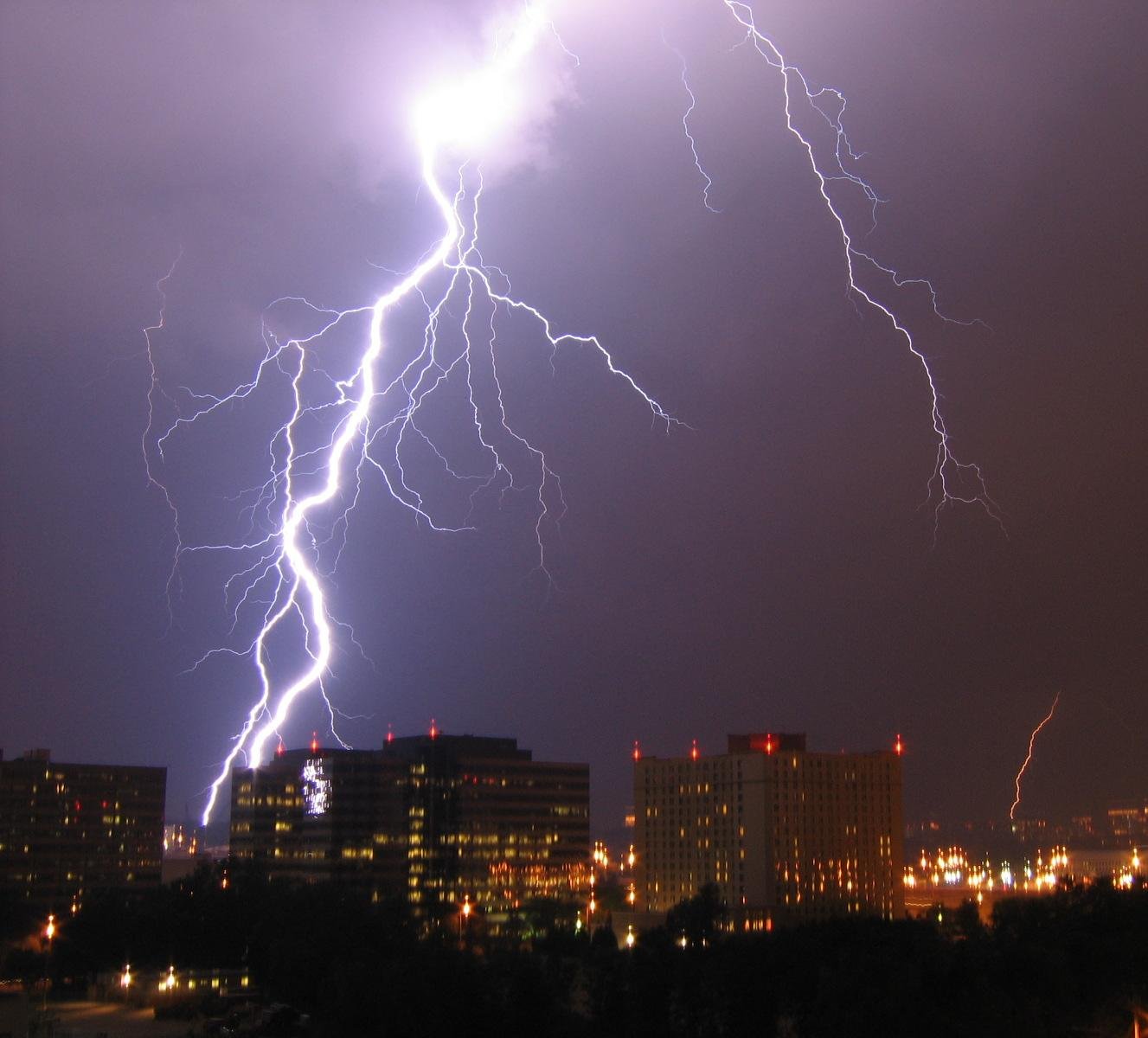
The Thunderbird’s control over lightning has intriguing parallels with scientific understanding of electricity. Just as people once attributed lightning to the Thunderbird’s eyes, today we know it is the result of electrical charges building up in storm clouds. The imagery of the Thunderbird hurling lightning bolts captures the raw energy and unpredictability of storms, bridging ancient stories with modern science in a way that feels both magical and real.
Modern Representations and Pop Culture
The Thunderbird legend has not faded into obscurity; instead, it continues to inspire movies, TV shows, music, and literature. From comic book heroes to sports team mascots, the Thunderbird has taken on new life in the modern imagination. Its image is invoked to represent power, freedom, and connection to the wild. This enduring presence in pop culture highlights the adaptability and timeless appeal of the Thunderbird myth.
Environmental Lessons from the Thunderbird

Embedded within Thunderbird stories are lessons about respecting nature and living in balance with the environment. The Thunderbird’s storms can nourish the land with rain or devastate it with floods, depending on how people behave. These tales encourage stewardship of the earth and humility in the face of forces beyond human control. Even today, as we grapple with climate change and environmental crises, the Thunderbird’s message remains strikingly relevant.
Thunderbird Sightings and Cryptozoology
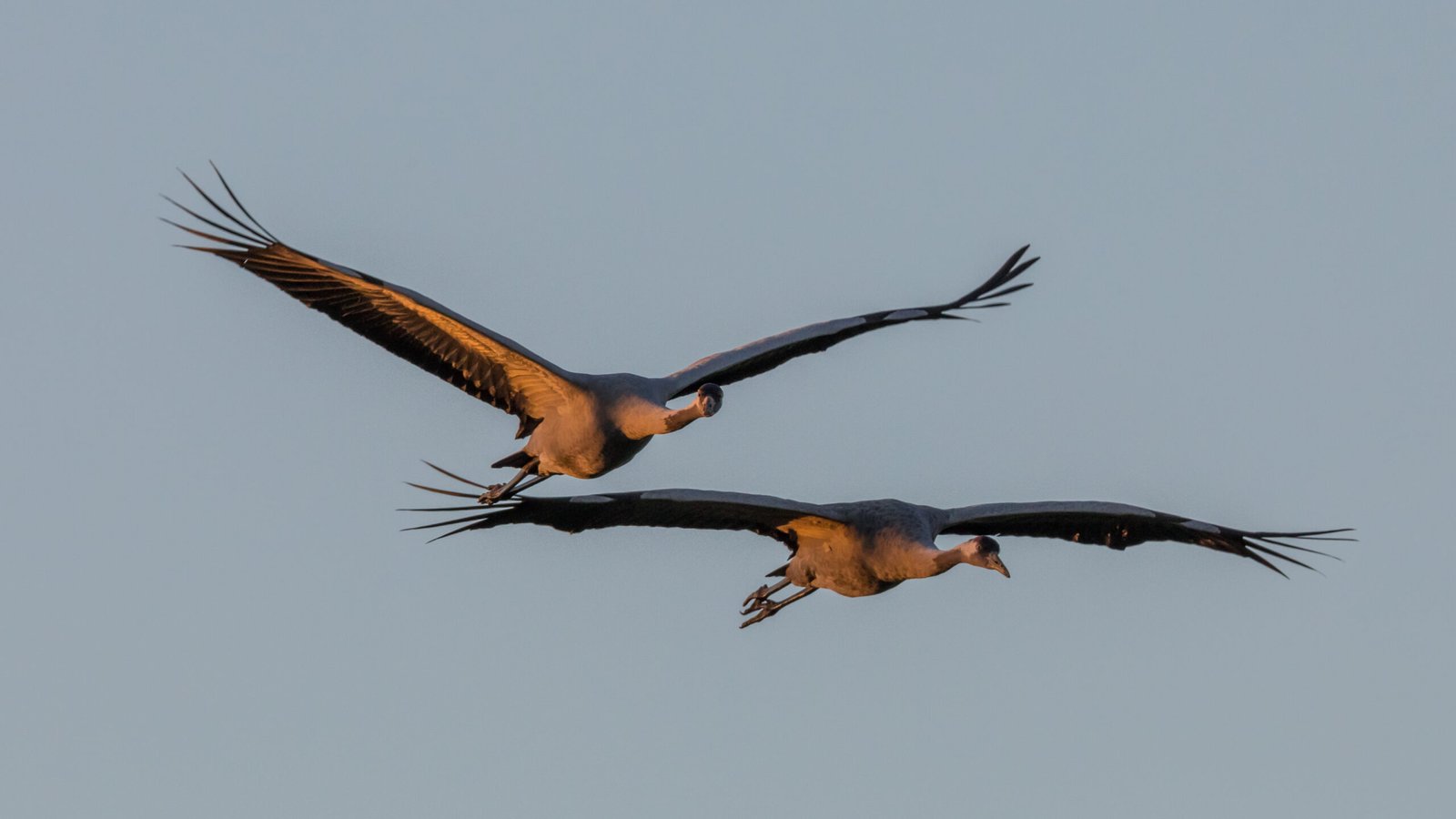
Over the years, there have been occasional reports of giant birds seen in remote areas of North America, fueling speculation that a real Thunderbird might exist. While scientists are skeptical, these stories capture the imagination and inspire amateur cryptozoologists to search for evidence. Whether based in reality or myth, the continued fascination with Thunderbird sightings speaks to the power of legend to shape our perceptions of the natural world.
The Thunderbird in Dreams and Spirituality
For many, the Thunderbird is more than a story—it is a living presence in dreams and spiritual experiences. Some people report visions of the Thunderbird during times of crisis or transformation, interpreting the encounter as a sign of guidance or warning. In this way, the Thunderbird serves as a bridge between the visible and invisible worlds, embodying the mysteries that lie just beyond our understanding.
Influence on Language and Place Names
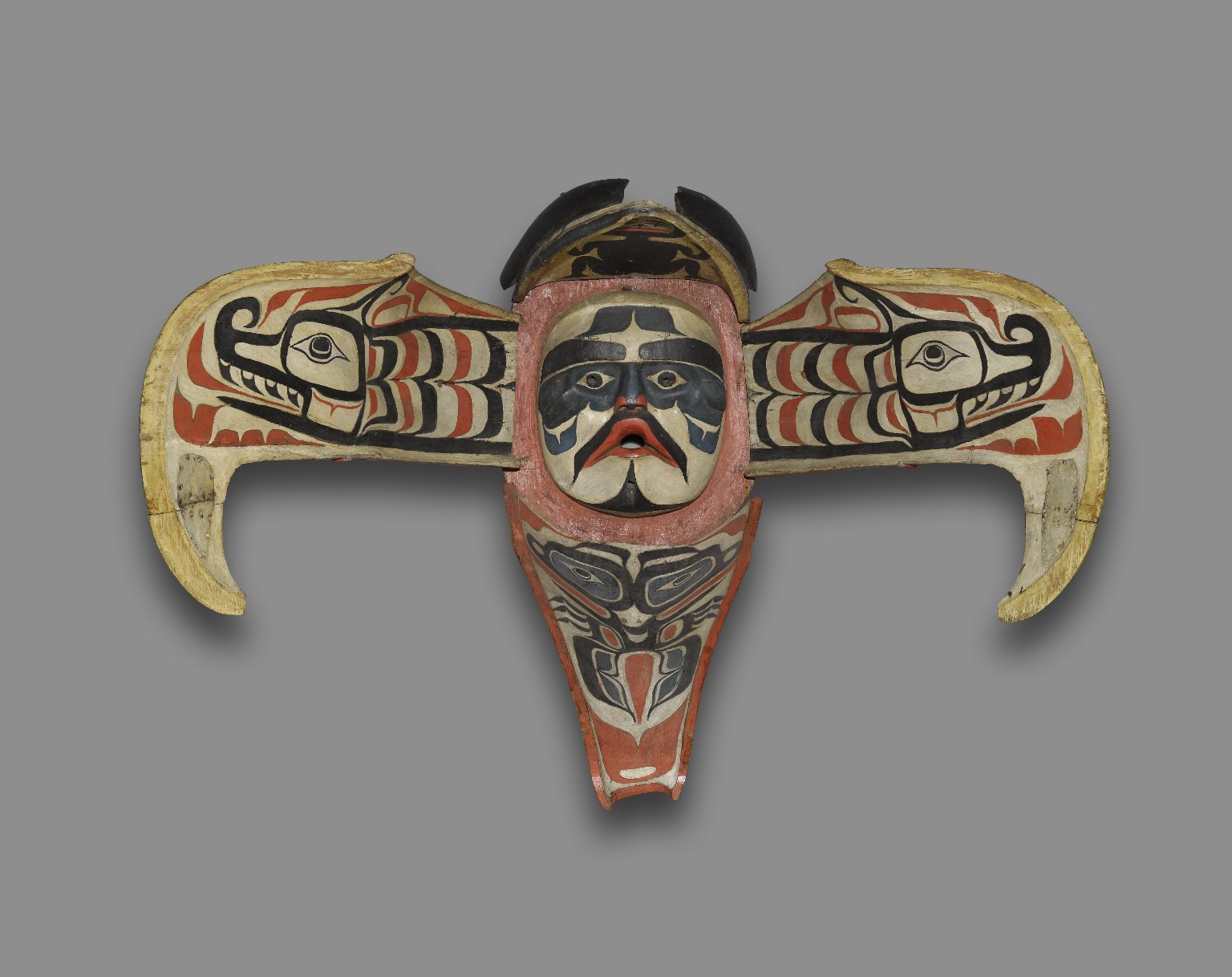
The name “Thunderbird” appears in countless place names across North America, from lakes and mountains to highways and businesses. These names are a testament to the spirit’s enduring influence on the landscape and collective memory. Each time someone visits Thunderbird Falls or drives down Thunderbird Road, they are reminded—if only subconsciously—of the mighty spirit that once ruled the skies.
Thunderbird as a Symbol of Identity
For many Indigenous communities, the Thunderbird is a symbol of identity and cultural pride. Its image is worn in jewelry, displayed on banners, and invoked in song and dance. The Thunderbird stands as a reminder of resilience, survival, and the deep connection between people and place. In a world that often seeks to erase or homogenize Indigenous cultures, the Thunderbird’s enduring presence is an act of resistance and celebration.
Personal Relevance and Modern Reflections
Even if you’ve never seen a Thunderbird or heard its wings in a storm, its legend can still resonate on a personal level. We all face forces in our lives that seem vast and uncontrollable—challenges that demand respect, humility, and courage. The Thunderbird invites us to look up, to wonder, and to remember that there is always something greater than ourselves moving through the world. Its story is a call to awe, curiosity, and careful stewardship of the earth.
Why the Thunderbird Still Captivates Us
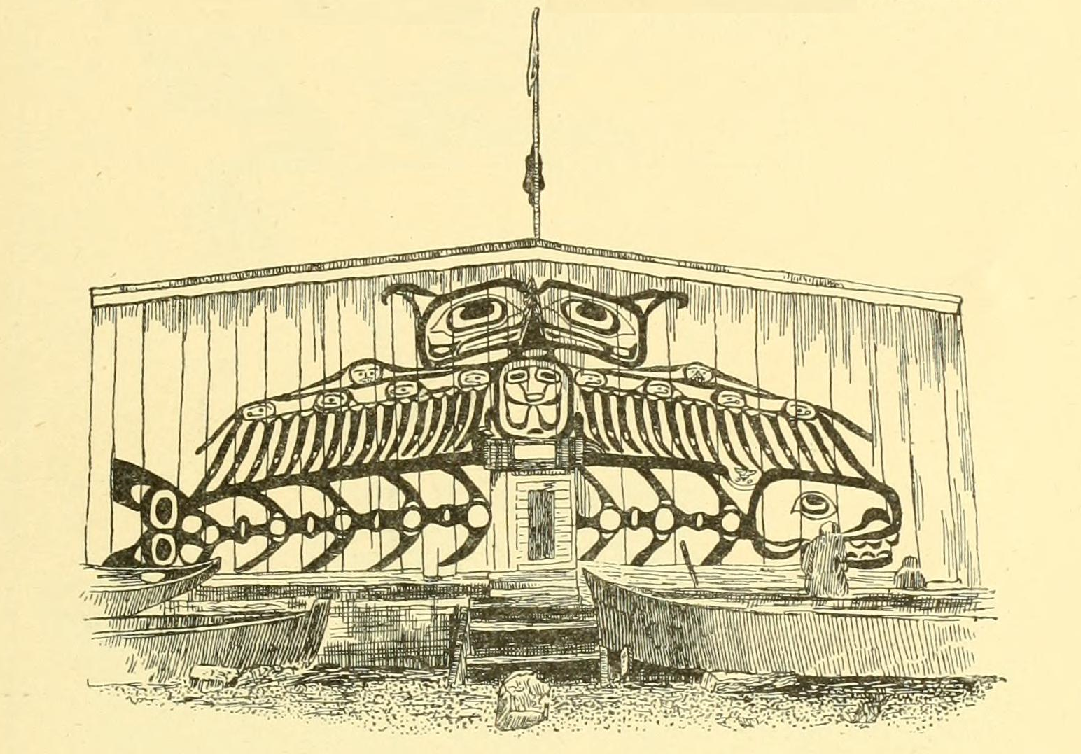
What is it about the Thunderbird that continues to hold our attention today? Perhaps it is the way the legend captures the wildness of nature, the thrill of the unknown, and the hope for protection in a dangerous world. Or maybe it’s the simple beauty of a story that connects us across cultures and centuries, reminding us to respect the power above and within us. The Thunderbird’s wings are still beating, echoing through our dreams, our stories, and the storms that roll across the endless sky.



